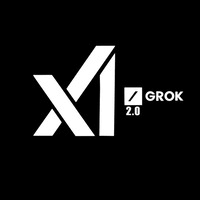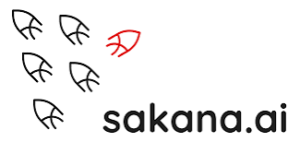Elon Musk’s AI venture, xAI, has officially launched Grok-2 and its smaller counterpart, Grok-2 mini, both in beta, with significant improvements in reasoning and functionality. A key feature of this release is Grok-2’s ability to generate images directly on the X social network, although this capability is currently restricted to Premium and Premium+ users.
Grok-2 represents a substantial upgrade from its predecessor, Grok-1.5, offering advanced features in chat, coding, and reasoning. Alongside Grok-2, xAI introduced Grok-2 mini, a more compact version that still retains powerful capabilities. According to xAI’s blog, an early version of Grok-2 was tested on the LMSYS leaderboard under the alias “sus-column-r,” hinting at its strong performance.
Both models are now available to X users in beta, with plans to extend access to developers via an enterprise API later this month. This move signals xAI’s intention to integrate Grok-2 and Grok-2 mini more deeply into the developer community, potentially unlocking new AI-driven applications.
Image Generation and Potential Risks
One of the most notable features of Grok-2 is its ability to generate images, a function that could transform user interaction on X. However, early indications suggest that Grok’s image generation lacks strict safeguards, particularly regarding the creation of images involving political figures. With the U.S. presidential election approaching, this lack of control could pose significant risks, potentially leading to the spread of misinformation.
The text accompanying Grok’s sample image prompts indicates that the model relies on FLUX.1 by Black Forest Labs for image creation. Despite this technological detail, there remains limited information on Grok-2’s full capabilities. Some early testers, such as app researcher Nima Owji, have suggested that Grok-2 excels in code generation, writing, and news summarization. However, Grok’s initial version was prone to errors in news summaries, casting some doubt on these claims.
The absence of limitations on image generation raises concerns that Grok could be exploited to create and disseminate misinformation across X and other platforms. It is also unclear whether Grok-powered images include metadata indicating their AI-generated origins, which could be crucial in distinguishing real images from AI-created ones.
xAI has been tight-lipped about its strategies for mitigating harmful uses of Grok’s image generation capabilities. Despite inquiries, the company has yet to respond, continuing a trend of limited communication with the media since Elon Musk’s takeover.
Future Developments on X
Looking ahead, xAI plans to integrate Grok-2 and Grok-2 mini into various AI-driven features on X, such as enhanced search, post analytics, and reply functions. This suggests that X users may soon experience AI-powered replies, potentially transforming interactions on the platform. Additionally, xAI hinted at the upcoming release of multimodal understanding as a core component of Grok’s experience on X and through its API, promising further advancements in AI integration.
As Grok-2 and Grok-2 mini continue to evolve, their impact on both X and the broader AI landscape will be closely watched, particularly as questions of ethics and transparency come to the forefront.
See also: Polymarket and Perplexity Join Forces to Enhance News Summaries for Users


















